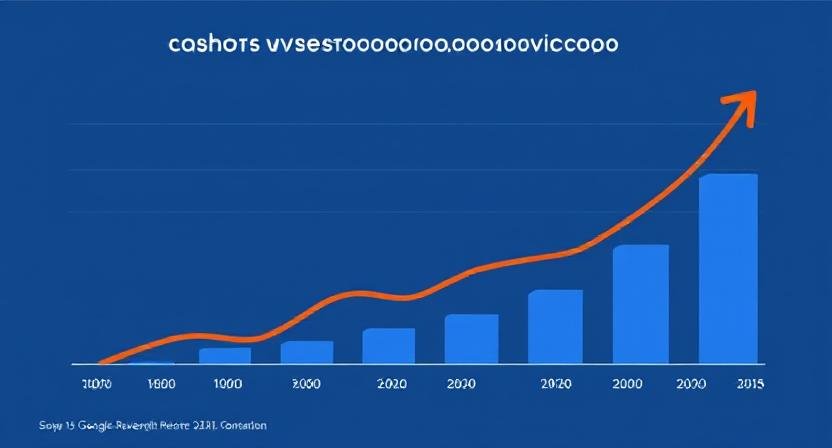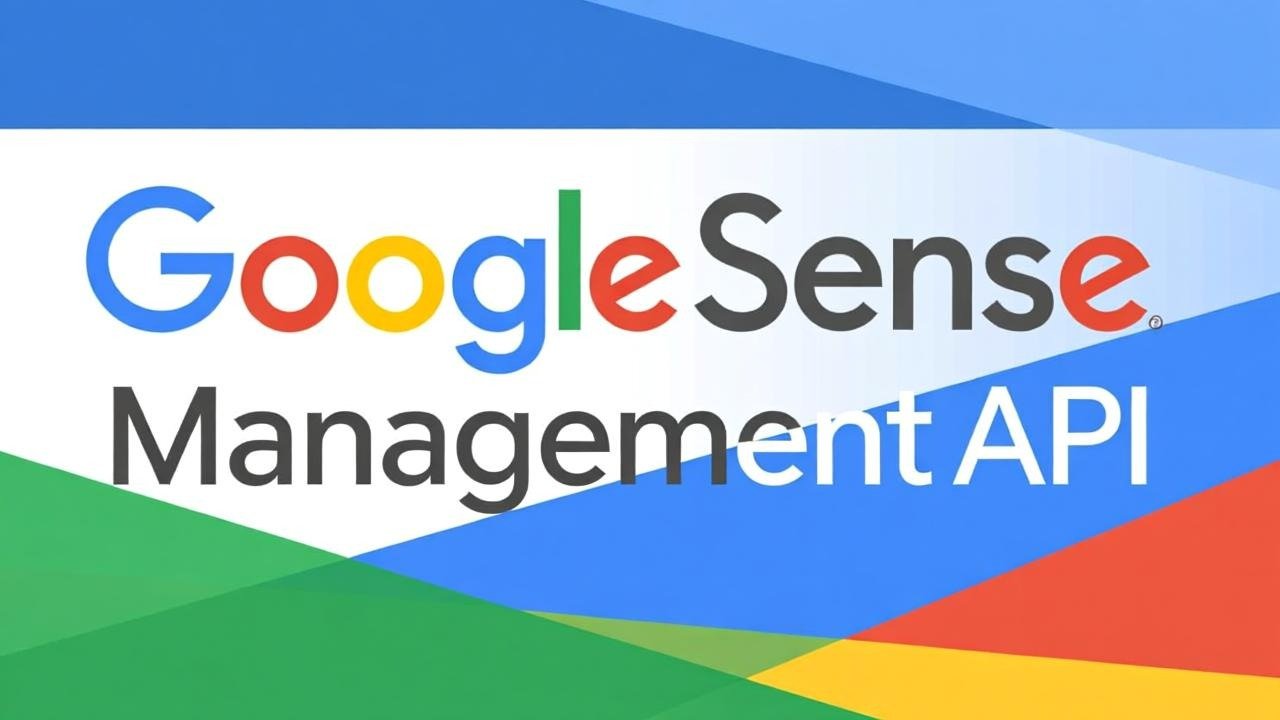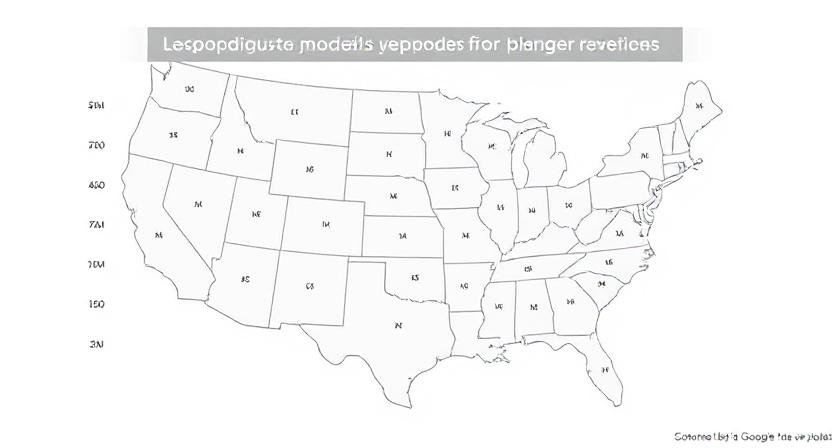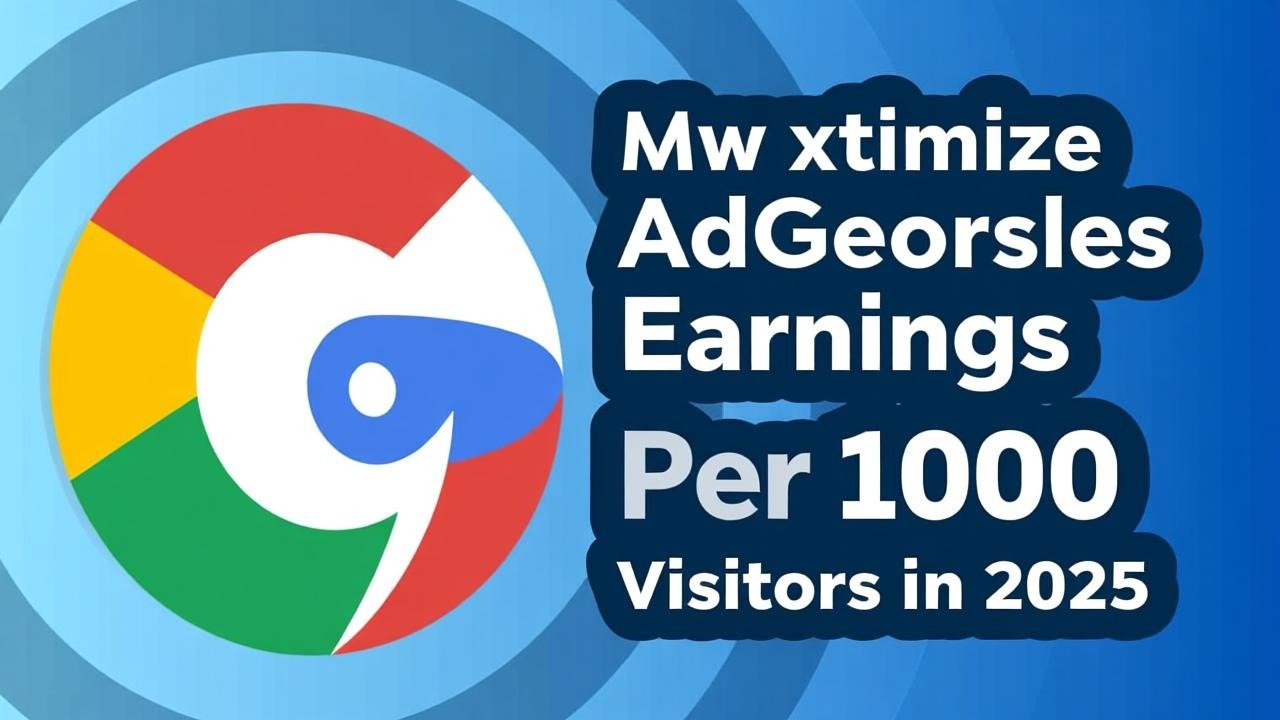For many new website owners, Google AdSense is the go-to monetization platform due to its popularity and ease of use. However, getting approved for AdSense can be challenging for new websites with low traffic, limited content, or specific niches. Fortunately, several high-quality AdSense alternatives cater specifically to new websites, offering flexible approval criteria, diverse ad formats, and attractive revenue potential. This comprehensive 2025 guide explores the top AdSense alternatives for new websites, helping you maximize your online income even if you’re just starting out.
Why Consider AdSense Alternatives for New Websites?
While Google AdSense is renowned for its vast advertiser pool and reliable payouts, it enforces strict approval policies:
-
Minimum traffic requirements
-
Content quality standards
-
Domain age guidelines
-
Prohibition of many niche topics
New websites often face delays or rejections in their AdSense applications. Additionally, relying solely on AdSense limits revenue streams and exposes publishers to risks like account suspension. Using AdSense alternatives can provide immediate monetization options and diversify income.
Key Qualities to Look for in AdSense Alternatives for New Sites
When choosing an AdSense alternative, consider platforms that offer:
-
Easy approval: Minimal traffic and content requirements.
-
Flexible ad formats: Including display ads, native ads, video ads, and pop-unders.
-
Good revenue share: Competitive payouts relative to market rates.
-
Responsive support: Assistance for new publishers.
-
Fast payments: Reasonable minimum payout thresholds and multiple payment options.
Top AdSense Alternatives for New Websites in 2025
1. Media.net
Media.net, powered by Yahoo and Bing, is widely regarded as one of the best AdSense alternatives. It offers contextual ads similar to AdSense and is friendly to websites with moderate traffic.
-
Pros: Easy approval, high-quality ad inventory, native and display ads supported.
-
Cons: Requires English content and predominantly North American or UK traffic.
-
Minimum traffic: No strict minimum but quality content required.
2. PropellerAds
PropellerAds is ideal for new websites because of its lenient approval policies and variety of ad formats, including push notifications, pop-unders, and native ads.
-
Pros: Quick approval, diverse monetization options, global traffic acceptance.
-
Cons: Some ad formats can be intrusive.
-
Minimum traffic: Minimal requirements, suitable for new sites.
3. Adsterra
Adsterra offers new websites flexible monetization through banner ads, pop-unders, direct links, and push notifications. It boasts a low minimum payout and fast approval.
-
Pros: Low entry barrier, multiple ad formats, payment via several methods.
-
Cons: Pop-under ads may affect user experience if overused.
-
Minimum traffic: No strict minimum.
4. Infolinks
Infolinks specializes in in-text advertising and native ads that integrate smoothly with your content. It’s a great option for new publishers aiming for non-intrusive monetization.
-
Pros: Easy setup, works alongside other ad networks, minimal approval constraints.
-
Cons: Lower CPC than display ads in some niches.
-
Minimum traffic: No hard minimum.
5. RevenueHits
RevenueHits uses a performance-based monetization model (CPA), paying when users complete specific actions like app installs or sign-ups rather than clicks.
-
Pros: Approval is easy, works well with low traffic, variety of ad types.
-
Cons: Revenue depends on conversion rates rather than impressions or clicks.
-
Minimum traffic: Minimal traffic requirements.
6. Sovrn //Commerce
Sovrn specializes in affiliate-style monetization, helping websites earn through product recommendations and contextual ads, making it suitable for content-based new sites.
-
Pros: Affiliate and display ad blend, suitable for niche blogs.
-
Cons: May require some traffic for optimal earnings.
-
Minimum traffic: Flexible.
7. Chitika (Limited Availability)
Although Chitika has downsized in recent years, it remains an option in some regions with lenient approval policies favoring new sites.
-
Pros: Easy entry, complementary to AdSense.
-
Cons: Limited global availability.
-
Minimum traffic: Low requirements.
Strategies for Maximizing Revenue on New Websites with Alternatives
-
Combine networks: Use multiple ad networks to diversify income streams and optimize fill rates.
-
Focus on UX: Avoid intrusive ads, especially pop-unders, to retain visitors and improve long-term monetization.
-
Target niches smartly: Choose niches with advertiser interest and achievable keywords relevant to your site.
-
Optimize content for engagement: Longer sessions and repeat visits enhance ad interaction rates.
-
Use SEO and social media: Drive qualified traffic which improves advertiser payouts.
Important Considerations When Using AdSense Alternatives
-
Compliance: Many alternatives have their own policies similar to AdSense. Avoid click fraud and ensure content compliance.
-
Payment Terms: Check minimum payout thresholds, payment methods, and frequency.
-
Ad Placement: Proper placement increases CTR and revenue while maintaining user experience.
-
Transparency: Prefer networks with clear reporting and reliable support.
Read More: How to Create an AdSense Account in 2025: A Step-by-Step Human Guide for Success
Conclusion
While Google AdSense remains an industry leader, new websites looking to monetize quickly and flexibly should consider the best AdSense alternatives available in 2025. Platforms like Media.net, PropellerAds, and Adsterra provide easy entry points with diverse ad formats suited for beginners and small publishers. By strategically combining networks and optimizing user experience, new website owners can start generating revenue faster and build a foundation for long-term monetization success.
For an authoritative overview of monetization options and compliance guidelines, visit the official Google AdSense Help Center.










